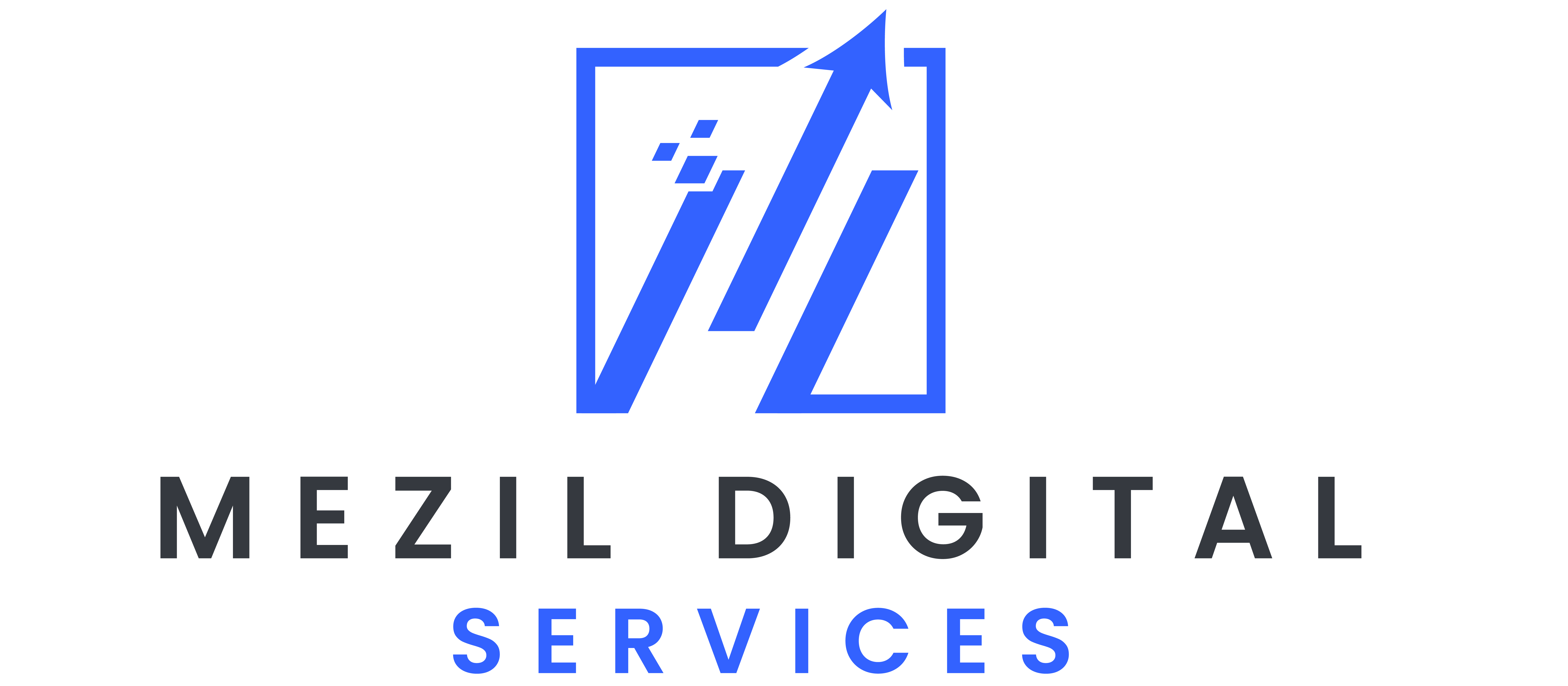Navigating the Website Builder Landscape - Your Ultimate Guide
The question that many small businesses face when creating a website is whether they should search for a DIY website builder and attempt to do it themselves or call a web developer. It’s hard to find an answer that satisfies every business but, in the end it usually comes down to how much flexibility they need.
The deciding factor for many companies is often the ability to login as a content contributor and edit without modifying the design or code. Website builders are a solution that provides this functionality but, they vary in how easy it is to use and the level of customization you can achieve.
While it might seem obvious, the way a site is organized is the most important aspect of its information architecture (IA). It’s also what a visitor can’t see: all the research, strategy, management and organization that went into building the IA above the waterline of the website. Website navigation is the portion of this iceberg that the front-end user can see, and it’s the most crucial aspect of a website’s design.
A well-designed navigation menu can help businesses grow their online presence and drive more traffic to their websites. It can increase engagement and fortify credibility, but it can be difficult to get right. A website with poorly designed or unorganized navigation is frustrating for users, and it’s also difficult for them to find what they’re looking for.
To design a strong navigation menu, it’s essential to understand your site’s goals and objectives. For example, some sites will benefit from an action-oriented navigation that guides users through the key actions they want to take on the site. Other sites, such as those of Howard University, are better served with an information hierarchy that allows visitors to learn about the organization before committing to visit or apply.
Other key features of effective navigation include a clear hierarchy and the use of consistent labels for each section and sub-section. This will ensure that users can easily find what they’re looking for and avoid getting overwhelmed by too many options or a cluttered navigation structure.
Finally, it’s essential to consider the screen size of users when designing navigation. A mobile-first approach is recommended, whereby the website design is optimized for the smallest screens first, and then gradually adapted to larger sizes.
This will ensure that all users can access your content regardless of the device they’re using, and it will also improve SEO performance as search engines prioritize mobile-friendly sites. It’s also critical to consider the font used for the header navigation menu and ensuring that it is legible at all sizes. If not, users will struggle to read the text and will be confused as to where they should click.
A good practice is to include a “Smallest Text” option for users with visual impairments. This feature is available on all major browsers. This will allow them to select a smaller font for their header menu, so they can see all the links in the menu without needing to scroll.

Want to know how I built my website?
Click Here to Check Out My DIY Website Builders' Top Recommendations
My Recent Posts
All-in-One Sales Automation Platform
Check out my recent post on all-in-one sales and marketing tools and what I think of it.
Sales Funnels
Check out my recent post on sales funnels and what I think about them. Are they still worth it?

Titus Ojo is an experienced digital entrepreneur with a passion for helping small businesses and solopreneurs improve their efficiency and business outcomes. With over 2 years of experience in the software industry, he has developed a deep understanding of the challenges that businesses face in today’s digital landscape.
Titus specializes in software marketing, business solutions, and digital services such as copywriting. He is committed to helping businesses achieve their goals by providing them with the tools and expertise they need to succeed.
Titus Ojo
©Copyright 2023 Mezil Digital Services
Regina, SK S4P 2P3
Canada
